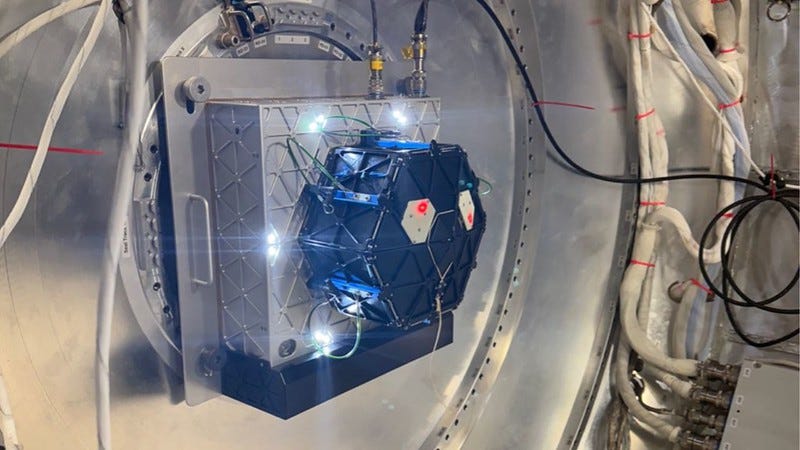Inflatable Tech Takes Aim at Orbital Debris
TransAstra Capture Bag System to be Tested on ISS
In space, orbital debris travels faster than a speeding bullet. To make the orbit around Earth safer for astronauts, satellites, and spacecraft, aerospace startup TransAstra Corporation developed an innovative debris removal technology. The Capture Bag system can trap objects of different shapes and sizes and even those that are tumbling, a common chall…
Keep reading with a 7-day free trial
Subscribe to The Journal of Space Commerce to keep reading this post and get 7 days of free access to the full post archives.



